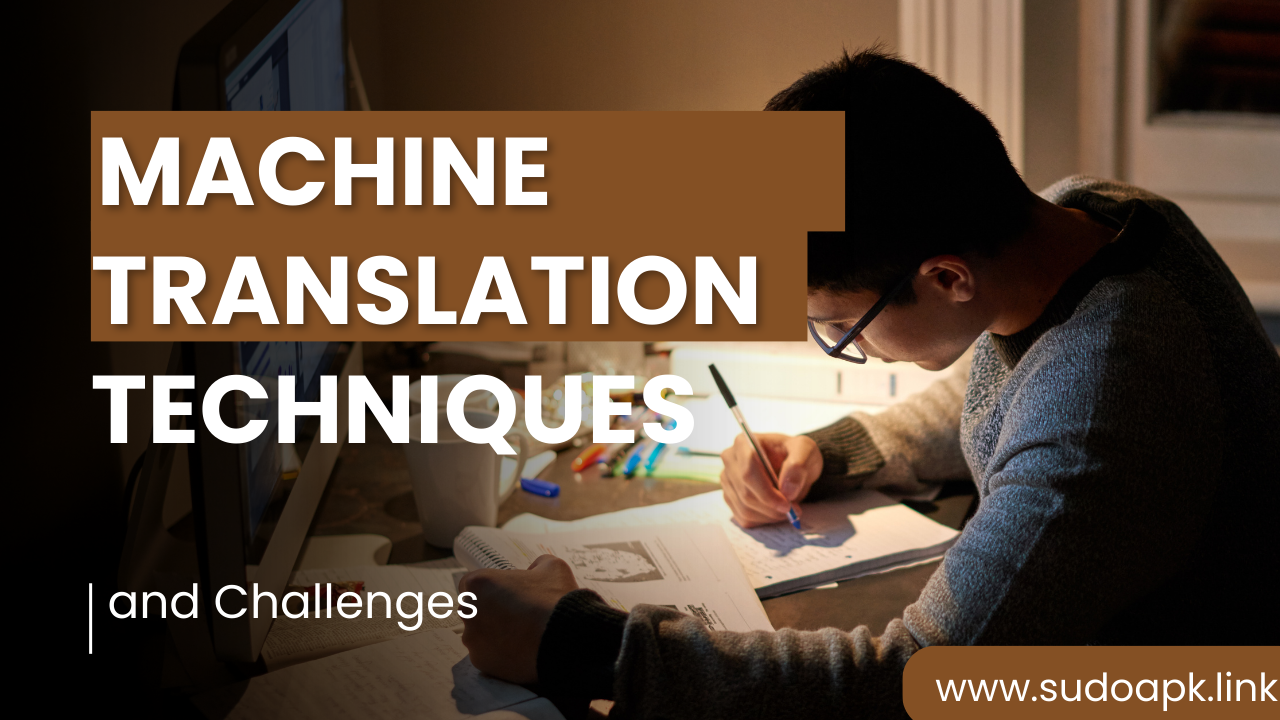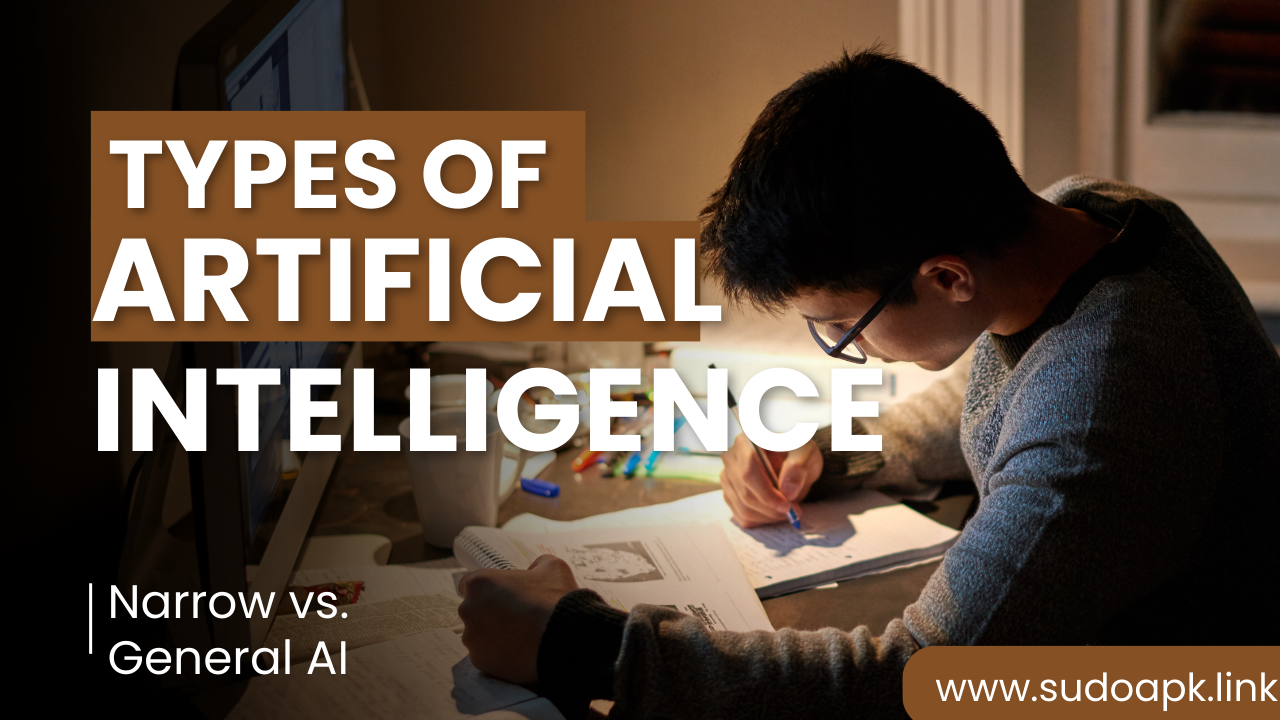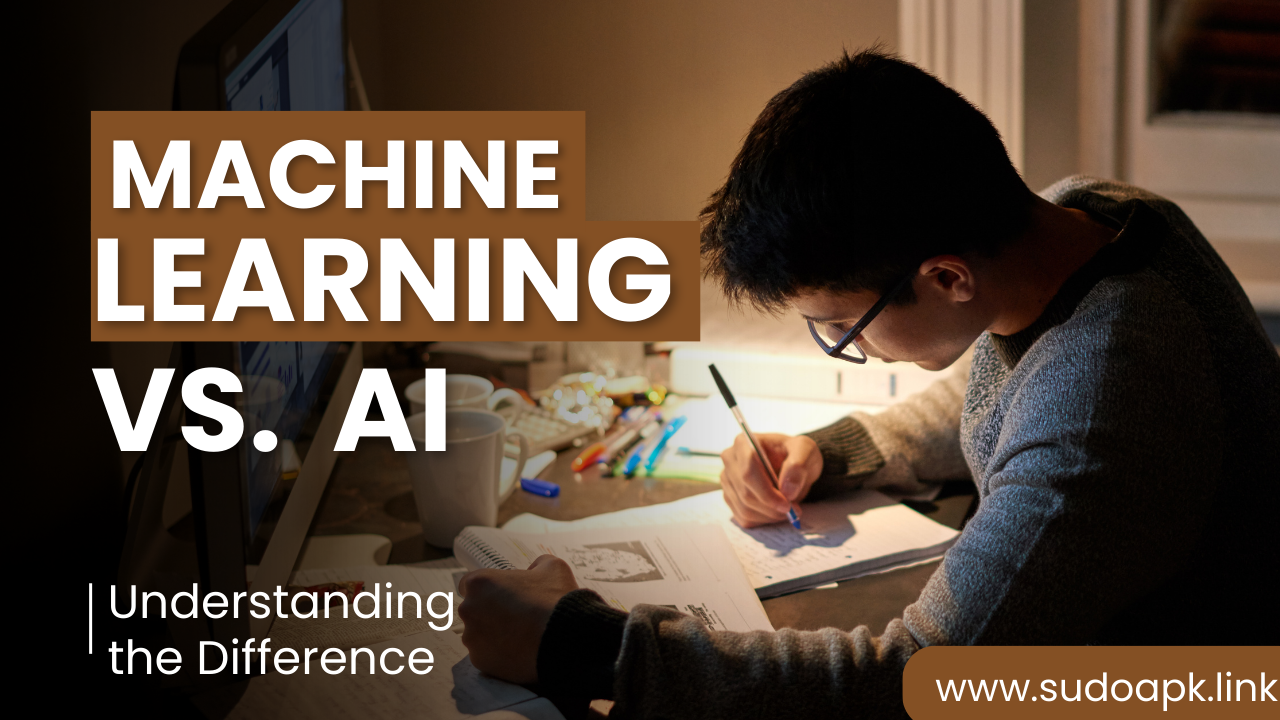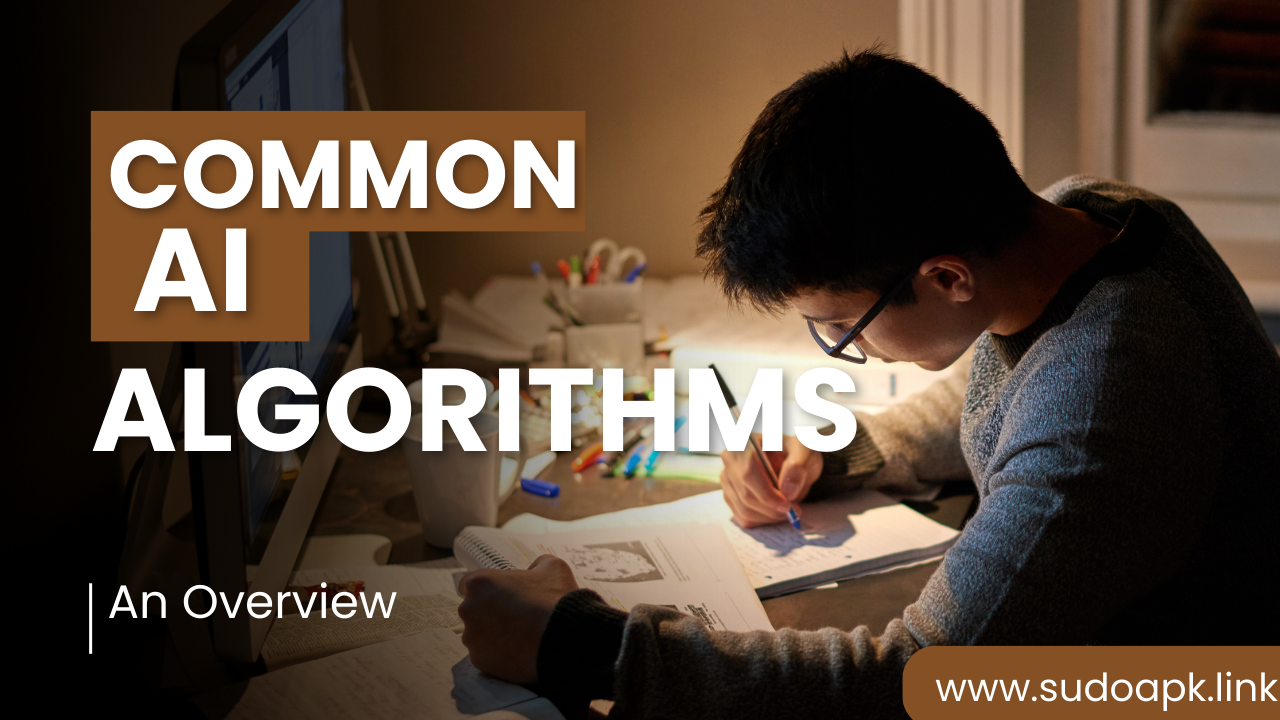

Machine Translation: Techniques and Challenges
Machine translation refers to the use of software to automate language translation across human languages. It plays a pivotal role in breaking communication barriers enabling global dissemination of information across regions.
Machine translation powers popular services like Google Translate and enables global businesses deliver better customer experiences. With natural language translation complexity spanning over 7,000 languages, solving this capability through AI presents immense value.
In this comprehensive guide, we analyze the evolution of machine translation techniques, architectural innovations, evaluation metrics, adoption challenges and the road ahead.
A Brief History of Machine Translation
Machine translation has progressed across three broad paradigms since inception:
Rule-based Translation (1950s)
The first systems encoded expert linguists' rules for grammar, semantics and subject terminology mappings to translate between language pairs like Russian-English. This method quickly revealed brittle with language complexity.
Statistical Machine Translation (SMT) 1990s
SMT modeled translation probabilistically analyzing bilingual text corpus to map word and phrase frequency statistics across language pairs. This improved fluency but often sacrificed adequacy losing original meaning.
Neural Machine Translation (NMT) 2014+
Machine learning on parallel bilingual dataset derives distributed vector representations encoding deeper context across languages. Attention mechanism further boosts context modeling. This consolidation significantly improves semantic accuracy in modern systems.
Let's analyze contemporary techniques in detail next.
Modern Architectures for Neural Machine Translation
Neural machine translation has vastly improved translation quality in recent years leveraging techniques like:
Recurrent Neural Networks
RNNs sequentially process source sentences adding context useful for alignment and translation predictions using hidden state transfer across network time steps. Long-short term memory (LSTM) cells overcome gradient issues.
Convolutional Neural Networks
CNNs provide parallelization and computational efficiencies over RNNs through optimized matrix multiplication aiding real-time translation. Causal convolutions handle varied length inputs.
Transformer Networks
Built solely on attention without recurrence, transformers draw global context from the entire source sentence through self-attention achieving better translations especially for longer text.
Transfer Learning
Pre-trained large multilingual models like mBART and mT5 fine-tuned on domain-specific data improve low-resource language pairs where limited translation examples exist for outright training. Zero-shot approaches also show early promise.
Combining these techniques provides a powerful framework for machine translation across domains we will explore next.
Machine Translation Applications Across Industries
High-quality translation assists global progress across areas:
Cross-border E-commerce
Product listings, user reviews and seller portal content get translated breaking language barriers to access wider markets while boosting buyer trust and experience through native interactions.
Digital Governance
Government and judicial information around laws, policies, paperwork and documentation becomes accessible to non-native speakers through website translation assisting citizen services, tourism and residency.
Business Expansion
Machine translation assists localizing branding, sales collateral and executive communications for international offices and global customer engagements lowering costs through automation while improving local reception.
Crisis Response
During disasters like floods and earthquakes, machine translation combined with speech technology rapidly translates emergency alerts and public address systems into native languages for safety awareness across tourists and residents.
Healthcare Access
Medical device interfaces, patient prescriptions, appointment information and telemedicine sessions get translated for visiting patients and linguistic minorities to eliminate gaps in care access through inclusive communication.
The business and humanitarian potential unlocked by this technology span several other use cases as well. But some key challenges remain around evaluating system performance itself which we will cover now.
Challenges in Machine Translation
As translation quality becomes competitive, more rigorous testing is vital across axes like:
Machine Translation Metrics
Evaluation measures like BLEU, METEOR and chrF benchmark output closeness to human references handling varied length, synonyms and paraphrasing. But human judgments still provide the gold standard.
Language Pair Imbalance
Available parallel corpus across many low resource language pairs like Slovenian-Icelandic remains limited hampering training. Continued encoding innovations should counter sparsity.
Informal Speech and Localization
Capturing slang, cultural references and local expressions across social media, forums and spoken discourse for gisting poses accuracy challenges. Curating representative examples helps.
Document Translation Issues
Disambiguation capabilities determining word sense require global context modeling at scale difficult for long technical papers and books. Hierarchical encoders may prove beneficial.
Post-editing Effort
While raw output quality has improved, reaching public release-quality translation still needs manual correction for errors involving terminology, named entities, syntax and ignorant biases. Automating post-editing is an open research problem.
Despite impressive gains from deep learning surprising even experts, further breakthroughs rest on building representative datasets, contextualized encoding and evaluative rigor for machine translation. Let's analyze promising trends next.
The Road Ahead for Machine Translation
Several innovations expand the frontiers to enable ubiquitous translation capability:
Multimodal Translation
A combination of text, speech and imagery channels provides additional context for disambiguation and validation while expanding applications in areas like sign language conversion.
Generative Assistance
Human-in-the-loop interfaces would allow model-generated translation suggestions for segments identified as low-confidence for user validation instead of fully automated output. This balances productivity with quality.
Edge Translation
On-device execution through optimizations like model distillation and native integration overtakes privacy and connectivity issues linked with cloud dependencies making translation available ubiquitously.
Ethical Considerations
Testing for uneven model performance across subgroups, adding contextual warnings on limitations and allowing participative feedback for continuous model updates will improve transparency and accessibility.
In summary, machine translation lowers information barriers providing indispensable connectivity as global integration advances. Combining engineering and collaborative ingenuity responsibly steers this capability toward serving every person equitably.
Key Takeaways on Machine Translation
- Machine translation automates language translation using statistical and neural techniques overcoming rules-based limitations through big data and deep learning.
- Key techniques include RNNs, CNNs and transformers for sequentiality, efficiencies and contextual learning critical for translation.
- Multilingual pre-training and transfer learning boosts accuracy for low resource languages.
- Applications span commerce, governance, disaster response and healthcare access globally enabled through scalable and real-time language conversion.
- Ensuring quality, evaluating rigorously and enabling participative feedback uphold high capability standards as adoption accelerates across industries.
We hope this guide provided useful frameworks around machine translation capability, implementations and ethical considerations that shape impact on societies across languages and cultures positively.
Frequently Asked Questions on Machine Translation
Q: How is machine translation different from human translation?
Automation enables scale, cost efficiency and global reach but risks oversimplification lacking cultural nuance and true interpretation skills held by bilingual experts that AI continues working towards.
Q: Which languages does machine translation support?
Google Translate supports 133 languages. Microsoft Translator supports 90 languages. Quality varies across language pairs though English, Spanish, Mandarin, Hindi and Arabic see high accuracy thanks to extensive training data, research focus and encoding optimizations.
Q: What are the limitations of machine translation?
Handling informal language with sarcasm, double negatives and slang remains challenging. Accuracy metrics still trail human quality necessitating continuous feedback loops and often post-editing for release notes. Provider transparency on model behavior and quality gaps upholds ethics.
Q: How can one address bias issues in machine translation models?
Bias mitigation relies on testing rigorously across gender, age, demographic cohorts and random noise injection into training data to make models more universally robust and prevent uneven performance due to pop culture phrases and contemporary slang.
Q: Will machine translation fully automate interpreter roles?
While continuously improving for common domains, disambiguating culture-specific idioms and rare expressions still needs experienced interpreters. AI advances create opportunities for hybrid workflows where technology handles bulk volumes through automation enabling interpreters to focus where human skills matter most.
In summary, machine translation drives global communication advances but still benefits from human collaborative enhancements on quality for universally accessible and ethical systems. Responsible design and deployment uphold capability standards over time as this technology sees wide adoption.
Popular articles

Dec 31, 2023 07:04 AM

Dec 31, 2023 06:48 AM

Dec 31, 2023 07:12 AM

Dec 31, 2023 07:22 AM

Dec 31, 2023 07:17 AM
Comments (0)